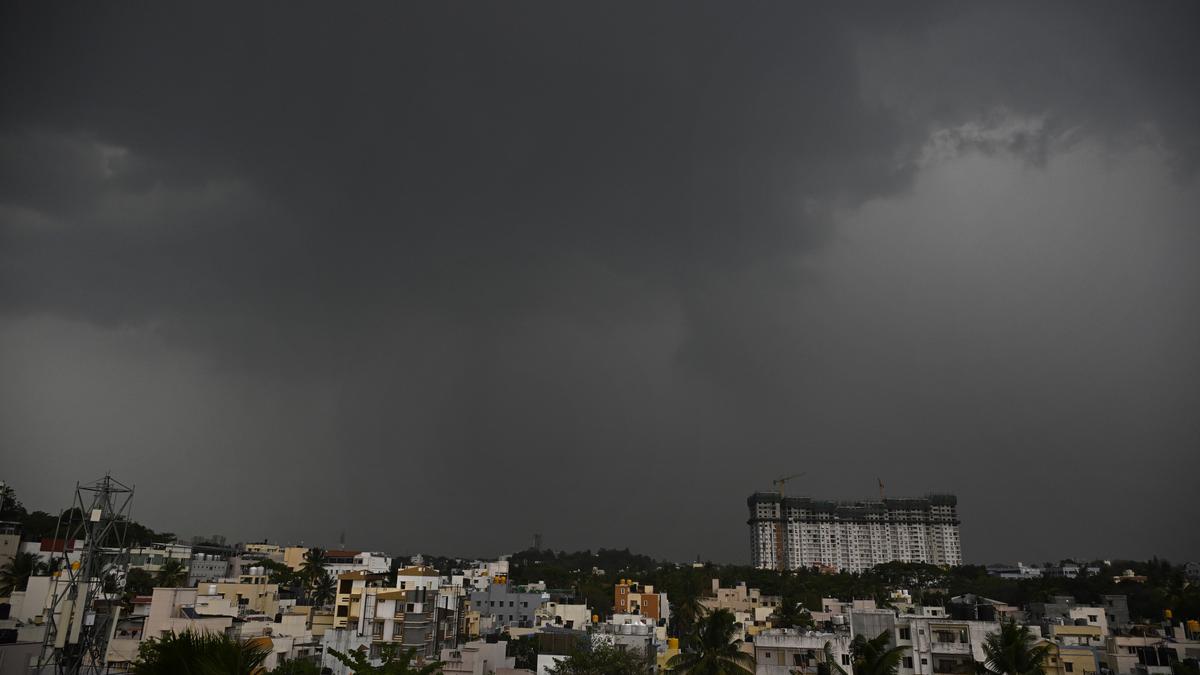Strength of Cloud Bands and their role in Indian Monsoon

- 01 Apr 2025
In News:
A recent study by the Indian Institute of Science (IISc) has shed new light on the role of equatorial cloud bands in determining the movement and intensity of monsoon rainfall over India. These insights could enhance the accuracy of seasonal and sub-seasonal climate models.
Key Findings of the Study:
- Importance of Cloud Band Strength:
- The northward movement of monsoon cloud bands—crucial for triggering wet spells in India—is not guaranteed. Only strong cloud bands originating near the equator successfully propagate northward.
- Weak cloud bands fail to initiate wet spells, countering earlier assumptions that all cloud bands move north regardless of strength.
- Role of BSISO:
- The Boreal Summer Intraseasonal Oscillation (BSISO) governs alternating wet and dry spells during the monsoon. It helps transport convection (cloud activity and heat) from the Indian Ocean towards the Indian subcontinent.
- The size and strength of the cloud band influenced by BSISO determine the duration and intensity of wet phases.
- Air-Sea Interaction:
- Moisture buildup and wind strength, both vital for rain formation, are heavily influenced by air-sea interaction in the equatorial Indian Ocean.
- Strong coupling between the ocean and atmosphere enhances atmospheric moisture, aiding cloud formation and monsoon intensity.
- Impact of Climate Change:
- With rising global temperatures, background atmospheric moisture is expected to increase.
- This is projected to lead to a 42%–63% rise in rainfall during wet spells across India and surrounding seas in the future.
- Modeling and Forecasting:
- The study's findings help address gaps in current climate models, improving forecasts for monsoon rains at both seasonal and sub-seasonal scales.
What is BSISO?
- A large-scale monsoon phenomenon active between June and September.
- Alternates between active (rainy) and break (dry) spells.
- Modulated by global oceanic phenomena such as:
- El Niño: Weakens northward propagation of BSISO.
- La Niña: Enhances BSISO movement towards India.
Key Facts About Indian Monsoon:
- Monsoon Etymology: Derived from Arabic "mausim", meaning season.
Types of Monsoons in India:
- Southwest Monsoon (June–September):
- Also called the advancing monsoon.
- Brings 80% of India's annual rainfall.
- Driven by low pressure over the Indian subcontinent and high pressure over the Indian Ocean.
- Northeast Monsoon (October–December):
- Known as the retreating monsoon.
- Affects southeastern coastal regions, especially Tamil Nadu and Andhra Pradesh.
Key Influencing Factors:
- Inter-Tropical Convergence Zone (ITCZ): Moves northward in summer, attracting moisture-laden winds.
- Tibetan Plateau Heating: Generates the Tropical Easterly Jet, enhancing monsoon inflow.
- Somali Jet: Strengthens monsoon winds from the Arabian Sea.
- Indian Ocean Dipole (IOD):
- Positive IOD (warmer west): Enhances monsoon.
- Negative IOD (warmer east): Weakens it.
- ENSO (El Niño–Southern Oscillation):
- El Niño: Linked with weaker monsoons and droughts.
- La Niña: Associated with stronger and prolonged monsoon spells.
